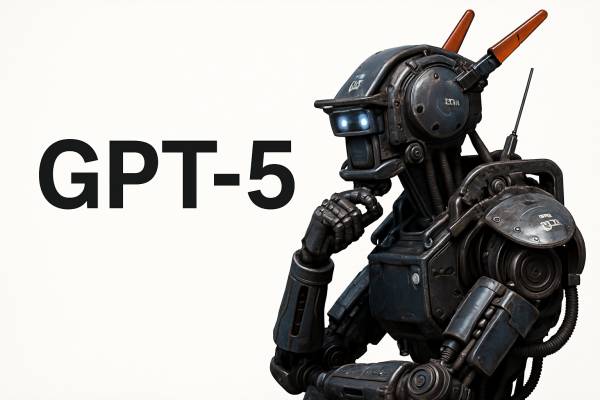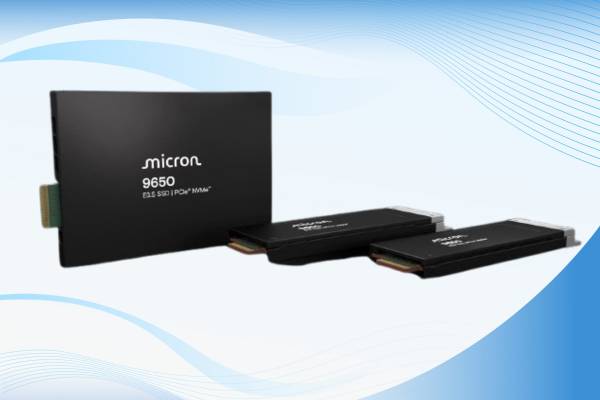In recent months, major tech companies have announced a series of reasoning features in their models. However, the immense resource requirements of these systems quickly became apparent, causing the prices of such subscription services to soar. Researchers at the National University of Singapore (NUS) have developed a new framework called "Thinkless", which could significantly transform how large language models (LLMs) handle reasoning tasks. This innovative approach, created by Gongfan Fang, Xinyin Ma, and Xinchao Wang at the NUS xML Lab, enables AI systems to dynamically choose between simple and complex reasoning strategies—potentially reducing computational costs by up to 90%. The framework addresses a critical inefficiency in current AI reasoning methods and represents a major step toward more resource-efficient AI.
Large language models have demonstrated impressive reasoning abilities using techniques like chain-of-thought (CoT), which facilitates step-by-step logical reasoning. However, while CoT improves performance on complex tasks requiring multi-step reasoning, it also incurs significant computational costs. The extensive reasoning tokens generated during these processes increase latency, memory usage, and overall computational demand.
The core issue identified by the researchers is that not every problem requires complex reasoning. Many queries can be answered with simple responses, yet current models often apply the same elaborate reasoning process regardless of task complexity.
This one-size-fits-all approach leads to substantial computational waste, particularly when the tasks are simple. For example, asking an AI to solve a basic addition problem like "2+2" often triggers the same resource-intensive reasoning pipeline used for complex mathematical proofs.
This inefficiency becomes especially problematic at scale—when LLMs process millions of queries daily, every unnecessary inference step multiplies energy consumption, costs, and environmental impact. Recognizing this challenge, researchers at NUS proposed Thinkless as a solution to improve efficiency.
The Thinkless framework enables LLMs to adaptively select between short and long-form reasoning depending on task complexity and model capabilities. The system uses two control tokens: <short> for concise answers and <think> for detailed reasoning.
This binary control mechanism allows the model to dynamically determine the appropriate reasoning depth for each query.
At the heart of the Thinkless method is the novel Decoupled Group Relative Policy Optimization (DeGRPO) algorithm, which marks a significant improvement over traditional reinforcement learning methods. DeGRPO breaks down the learning objective into two key components:
-
Control token loss – Governs the selection of reasoning mode, helping the model learn when to use extensive reasoning and when to deliver direct answers.
-
Response loss – Improves the accuracy of generated responses, ensuring high performance regardless of the chosen reasoning strategy.
This decoupled structure enables fine-grained control over each objective and stabilizes model training.
The model is trained within a reinforcement learning framework, allowing it to learn from experience which problem types benefit from detailed reasoning and which can be efficiently addressed with minimal computation.
The research team developed several model variants, including a 1.5-billion-parameter reinforcement learning model called "Thinkless-1.5B-RL-DeepScaleR" and a warm-up variant named "Thinkless-1.5B-Warmup."
NUS researchers evaluated Thinkless on multiple benchmarks, including Minerva Algebra, MATH-500, and GSM8K. The results were impressive: the framework reduced reliance on long-chain reasoning by 50–90%, significantly enhancing the computational efficiency of inference in language models.
Crucially, this increase in efficiency was achieved without sacrificing accuracy—a key result, as previous attempts to reduce inference complexity have often led to performance degradation. The decoupled nature of the DeGRPO algorithm allows Thinkless to maintain high performance while substantially lowering the computational burden.
Thinkless is not the only approach targeting the computational demands of AI reasoning. Several other strategies have been developed to tackle similar challenges:
ThinkLess (a training-free method)
Confusingly, another research team led by Gengyang Li has developed a similarly named approach called "ThinkLess." However, this method differs fundamentally from NUS’s Thinkless framework as it does not require model training.
Instead of training the model to select reasoning strategies, this method terminates inference early while preserving output quality. Researchers found that response cues often rely more on termination signals than on prior reasoning steps. ThinkLess exploits this insight by triggering the terminator token earlier to skip redundant reasoning while maintaining knowledge transfer.
Early-Stopping Self-Consistency (ESC)
Proposed by Yiwei Li et al., ESC is a scalable sampling technique designed to reduce the cost of self-consistency (SC) in multi-step reasoning. Traditional SC requires multiple samples at a predefined scale, which increases computation. ESC dynamically adjusts this process and significantly reduces the average number of samples—by 33.8% to 84.2%, depending on the benchmark—while maintaining comparable performance.
Dynamic Chain-of-Thought (D-CoT)
D-CoT implements adaptive reasoning depth and steps to reduce redundancy and delays in reward assignment during extended CoT reasoning. It introduces a state compression mechanism, adaptive inference steps, and an importance-driven pruning strategy during autoregressive decoding. It also features a partial reward estimator to assess the efficiency of inference blocks in real time, constructing a multi-level reasoning structure via macro- and micro-constraint buffers.
As concerns grow about the carbon footprint of AI, these approaches mark a crucial step toward more environmentally sustainable AI systems. Moreover, more efficient reasoning is also key to deploying advanced AI capabilities on devices with limited computational resources.




























